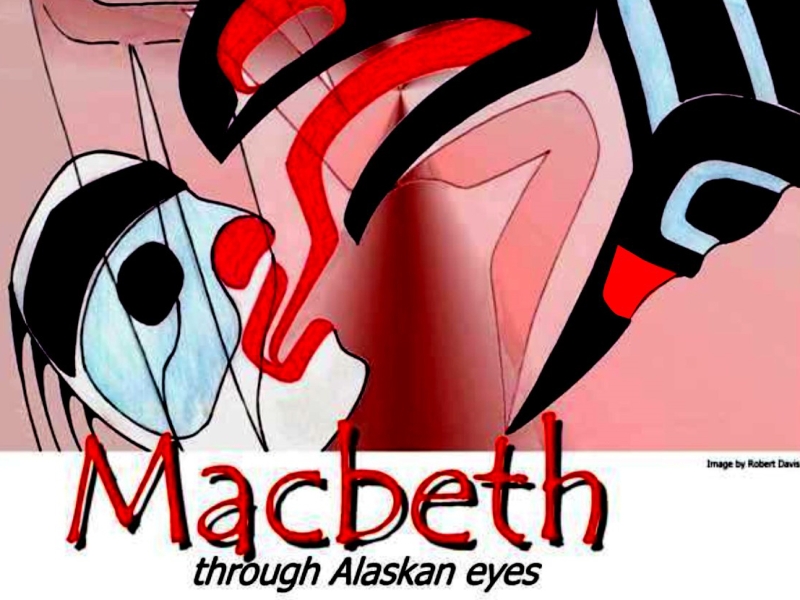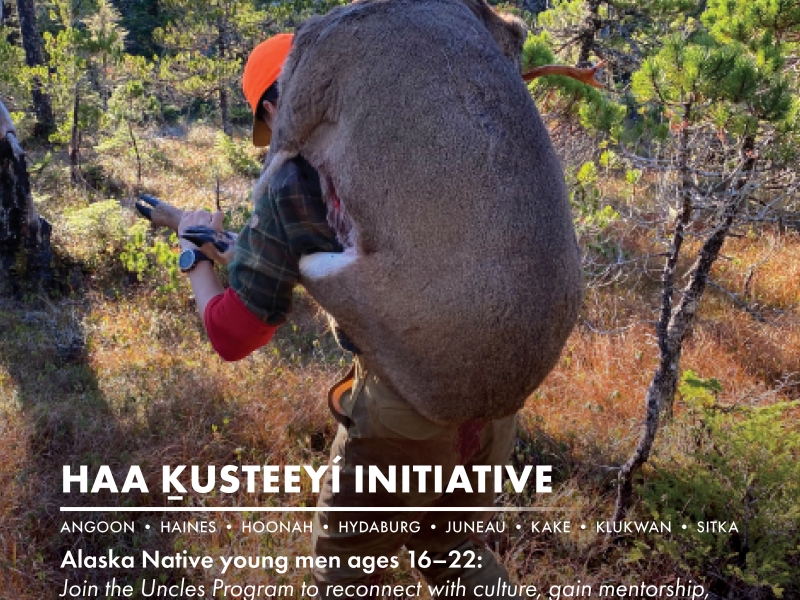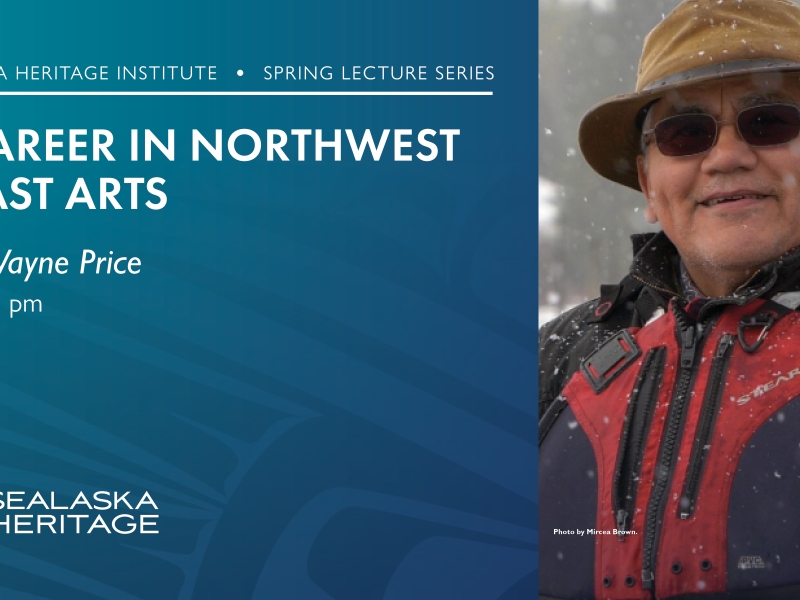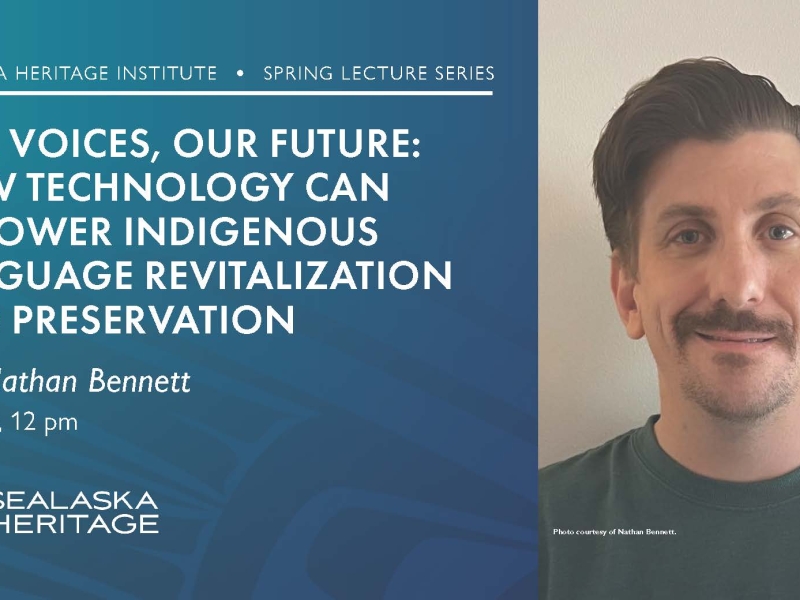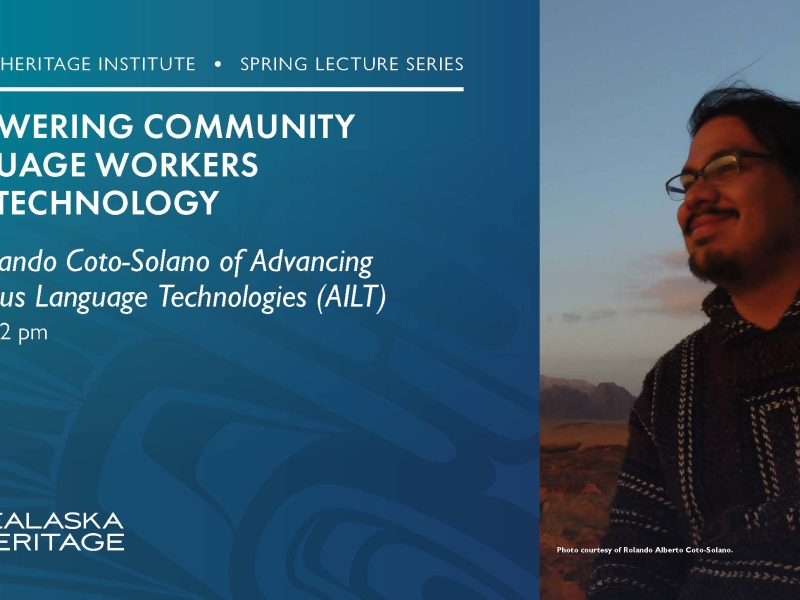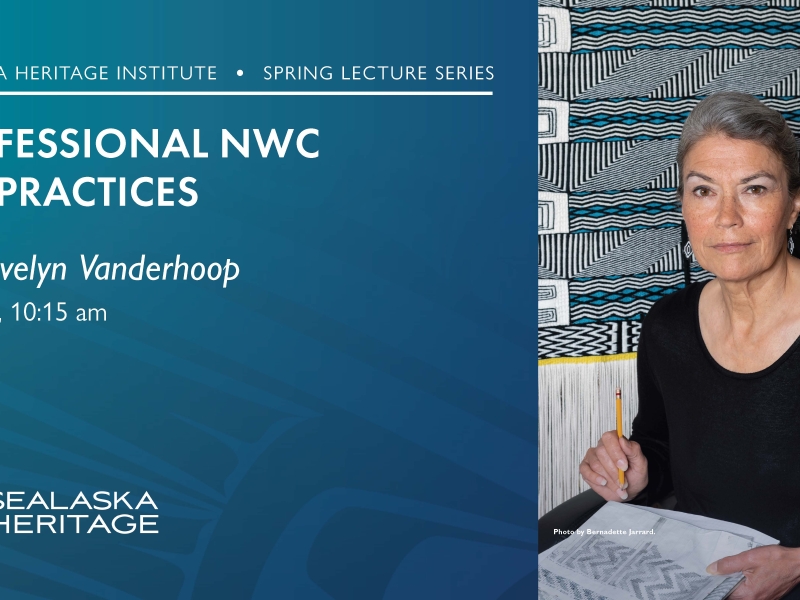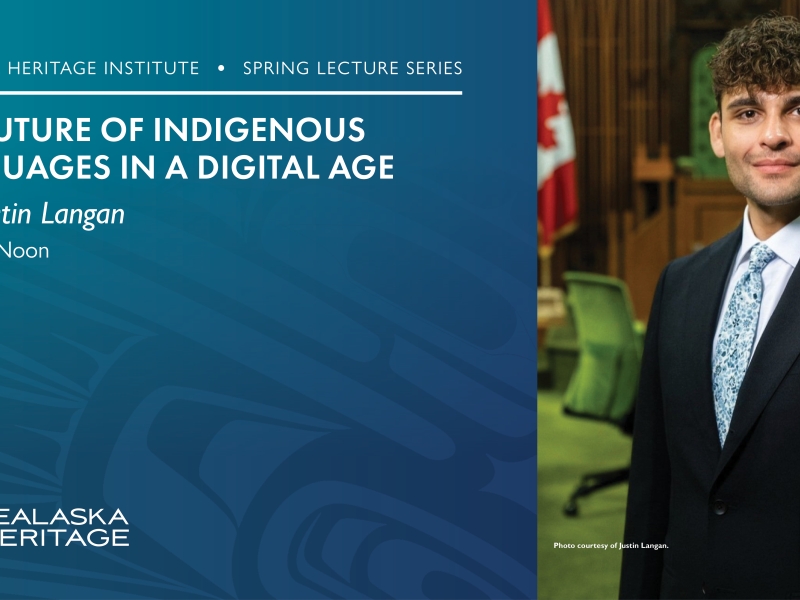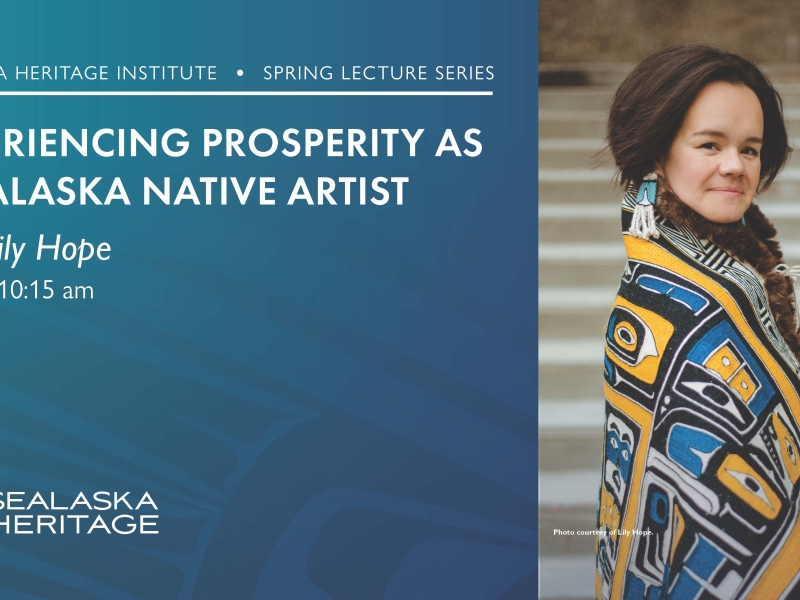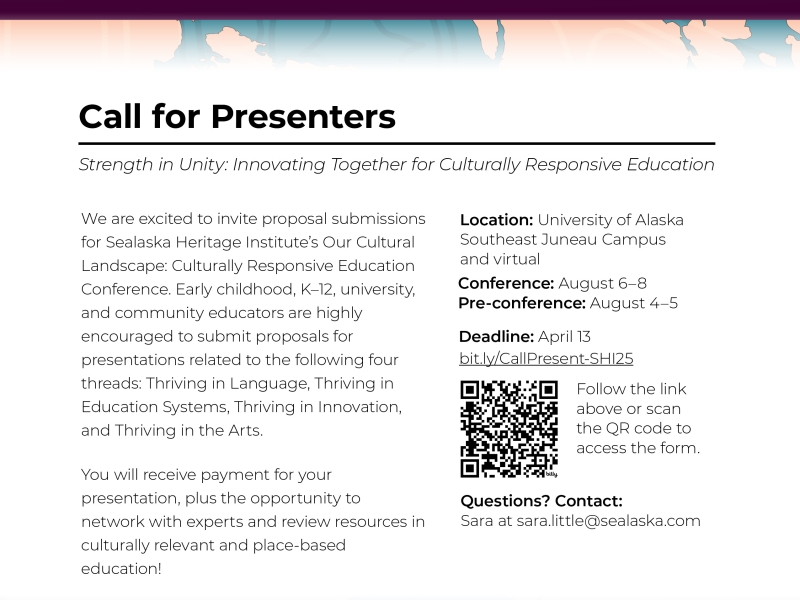SHI to sponsor free showing of Tlingit Macbeth
Sealaska Heritage Institute Press Release
SHI to sponsor free showing of Tlingit Macbeth
Event to coincide ...
SHI launches program promoting traditional education for young men
Sealaska Heritage Institute Press Release
SHI launches program promoting traditional education for young men
New initiative ...
SHI lecture to explore carver’s lifelong journey through Northwest Coast art
Sealaska Heritage Institute Press Release
SHI lecture to explore carver's lifelong journey through Northwest Coast ...
SHI lecture to highlight role of tech in protecting Indigenous preservation
Sealaska Heritage Institute Press Release
SHI lecture to highlight role of tech in protecting Indigenous ...
SHI lecture to explore technology’s role in Indigenous language revitalization
Sealaska Heritage Institute Press Release
SHI lecture to explore technology's role in Indigenous language revitalization
Linguist ...
SHI virtual lecture to spotlight career path of master weaver
Sealaska Heritage Institute Press Release
SHI virtual lecture to spotlight career path of master weaver
Haida ...
SHI lecture to explore digital frontier in Indigenous language revitalization
Sealaska Heritage Institute Press Release
SHI lecture to explore digital frontier in Indigenous language revitalization
Métis ...
SHI lecture to unveil paths to prosperity for Alaska Native artists
Sealaska Heritage Institute Press Release
SHI lecture to unveil paths to prosperity for Alaska Native ...
Eighth annual Traditional Games to kick off this weekend in Juneau
Sealaska Heritage Institute Press Release
Eighth annual Traditional Games to kick off this weekend in ...
SHI accepting proposals from presenters for 2025 education conference
Sealaska Heritage Institute Press Release
SHI accepting proposals from presenters for 2025 education conference
In-person conference ...
